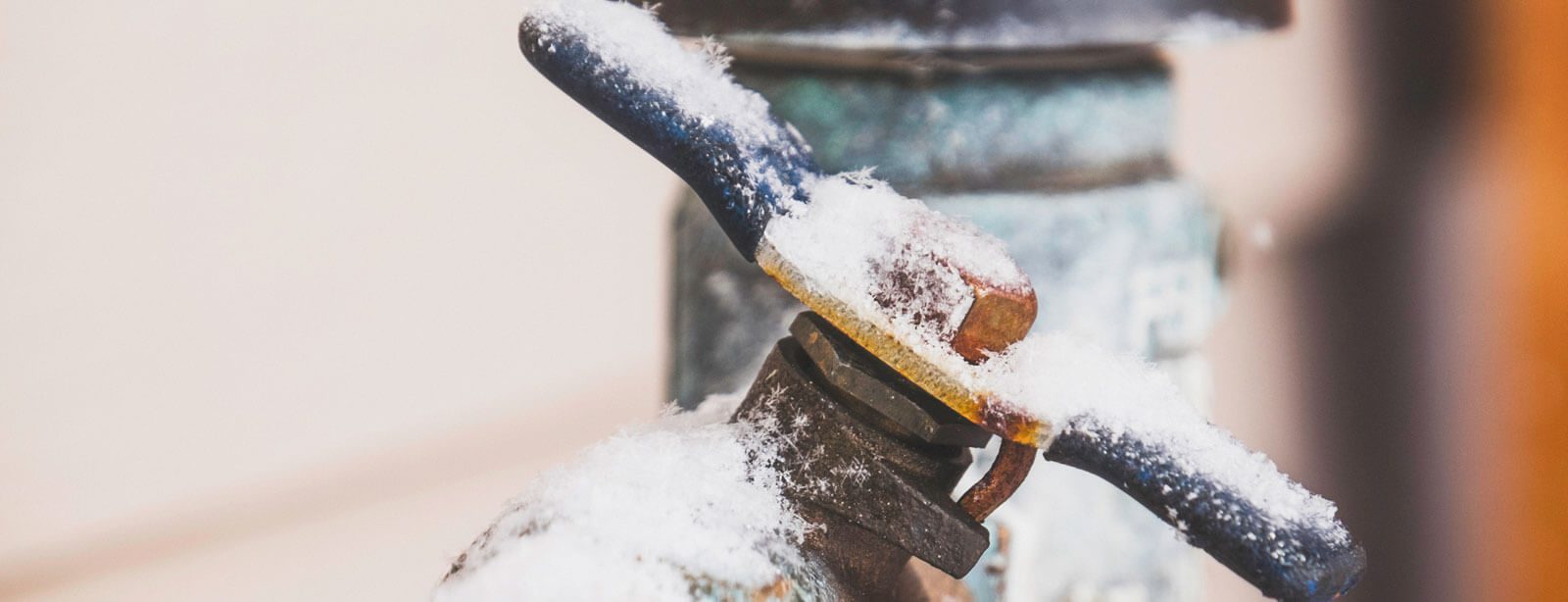We've uncovered this post involving Helpful Tips to Prevent Frozen Pipes this Winter down the page on the web and thought it made good sense to share it with you in this article.

Winter can ruin your pipes, specifically by freezing pipelines. Below's just how to stop it from taking place and what to do if it does.
Intro
As temperature levels decrease, the risk of icy pipes rises, possibly causing expensive repair work and water damage. Recognizing exactly how to prevent icy pipelines is essential for property owners in chilly environments.
Prevention Tips
Shielding susceptible pipelines
Cover pipelines in insulation sleeves or use warm tape to safeguard them from freezing temperatures. Concentrate on pipelines in unheated or outside areas of the home.
Home heating techniques
Keep interior spaces sufficiently warmed, particularly areas with plumbing. Open up closet doors to enable cozy air to circulate around pipes under sinks.
How to determine icy pipelines
Seek decreased water flow from taps, unusual smells or sounds from pipes, and noticeable frost on revealed pipelines.
Long-Term Solutions
Structural modifications
Take into consideration rerouting pipes away from exterior walls or unheated areas. Include additional insulation to attic rooms, basements, and crawl spaces.
Updating insulation
Purchase top quality insulation for pipes, attics, and walls. Appropriate insulation helps keep constant temperature levels and decreases the risk of frozen pipelines.
Securing Exterior Plumbing
Yard hose pipes and outside faucets
Detach and drain pipes yard hoses before winter months. Mount frost-proof faucets or cover exterior taps with insulated caps.
Understanding Frozen Pipes
What causes pipes to freeze?
Pipes freeze when exposed to temperature levels below 32 ° F (0 ° C) for extended durations. As water inside the pipelines ices up, it expands, taxing the pipe walls and possibly causing them to burst.
Threats and problems
Icy pipelines can cause water supply disturbances, residential or commercial property damage, and expensive fixings. Burst pipelines can flood homes and trigger substantial structural damages.
Indicators of Frozen Water Lines
Recognizing frozen pipes early can avoid them from bursting.
What to Do If Your Pipes Freeze
Immediate activities to take
If you think icy pipes, maintain faucets open up to eliminate pressure as the ice melts. Utilize a hairdryer or towels taken in warm water to thaw pipes gradually.
Conclusion
Stopping frozen pipes needs positive actions and quick responses. By understanding the causes, indications, and safety nets, homeowners can shield their plumbing throughout cold weather.
5 Ways to Prevent Frozen Pipes
Drain Outdoor Faucets and Disconnect Hoses
First, close the shut-off valve that controls the flow of water in the pipe to your outdoor faucet. Then, head outside to disconnect and drain your hose and open the outdoor faucet to allow the water to completely drain out of the line. Turn off the faucet when done. Finally, head back to the shut-off valve and drain the remaining water inside the pipe into a bucket or container. Additionally, if you have a home irrigation system, you should consider hiring an expert to clear the system of water each year.
Insulate Pipes
One of the best and most cost-effective methods for preventing frozen water pipes is to wrap your pipes with insulation. This is especially important for areas in your home that aren’t exposed to heat, such as an attic. We suggest using foam sleeves, which can typically be found at your local hardware store.
Keep Heat Running at 65
Your pipes are located inside your walls, and the temperature there is much colder than the rest of the house. To prevent your pipes from freezing, The Insurance Information Institute suggests that you keep your home heated to at least 65 degrees, even when traveling. You may want to invest in smart devices that can keep an eye on the temperature in your home while you’re away.
Leave Water Dripping
Moving water — even a small trickle — can prevent ice from forming inside your pipes. When freezing temps are imminent, start a drip of water from all faucets that serve exposed pipes. Leaving a few faucets running will also help relieve pressure inside the pipes and help prevent a rupture if the water inside freezes.
Open Cupboard Doors
Warm your kitchen and bathroom pipes by opening cupboards and vanities. You should also leave your interior doors ajar to help warm air circulate evenly throughout your home.

I discovered that review on Prevent Frozen Pipes while scouting around the internet. Loved our write-up? Please share it. Help someone else find it. I truly appreciate your readership.
Check This Out